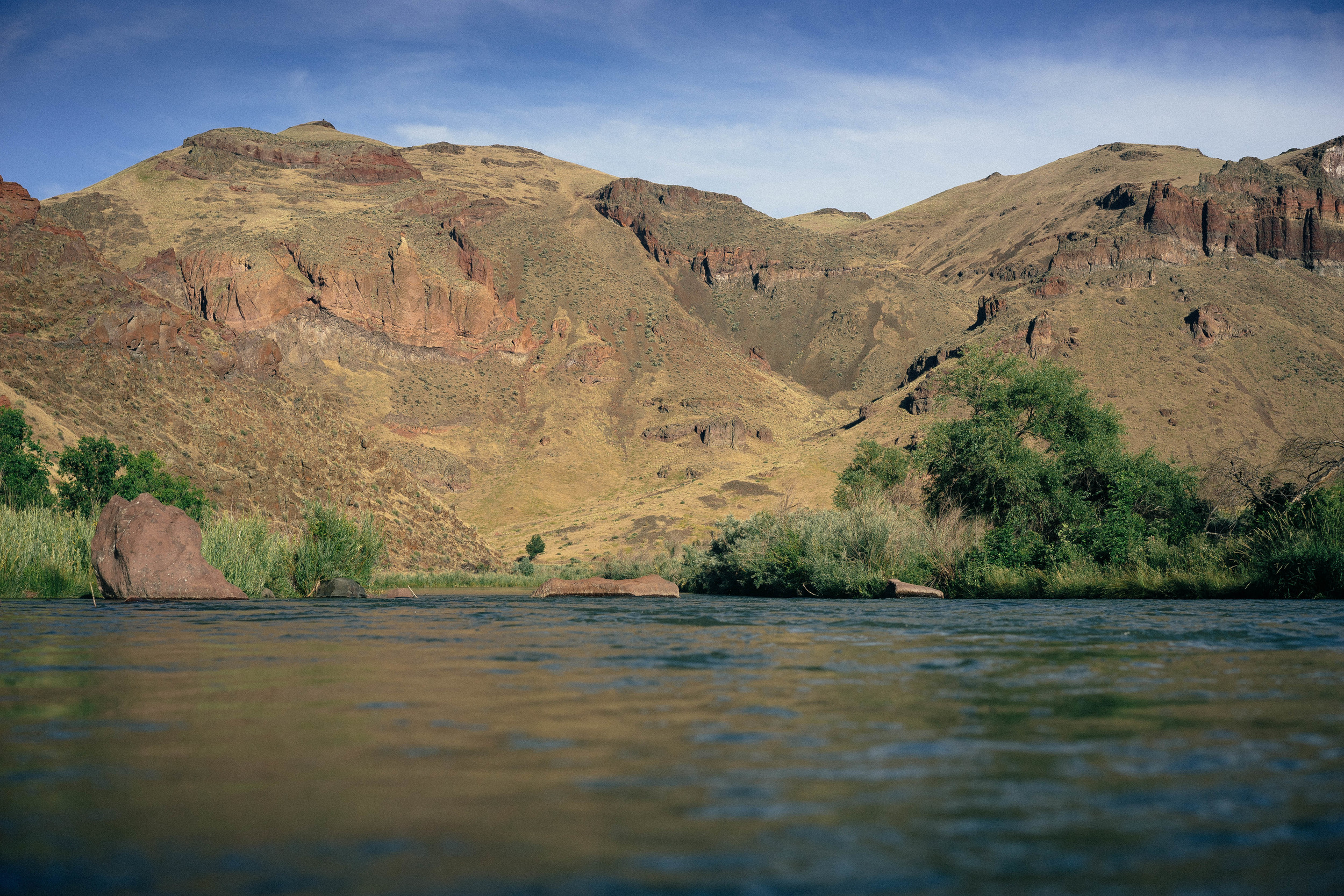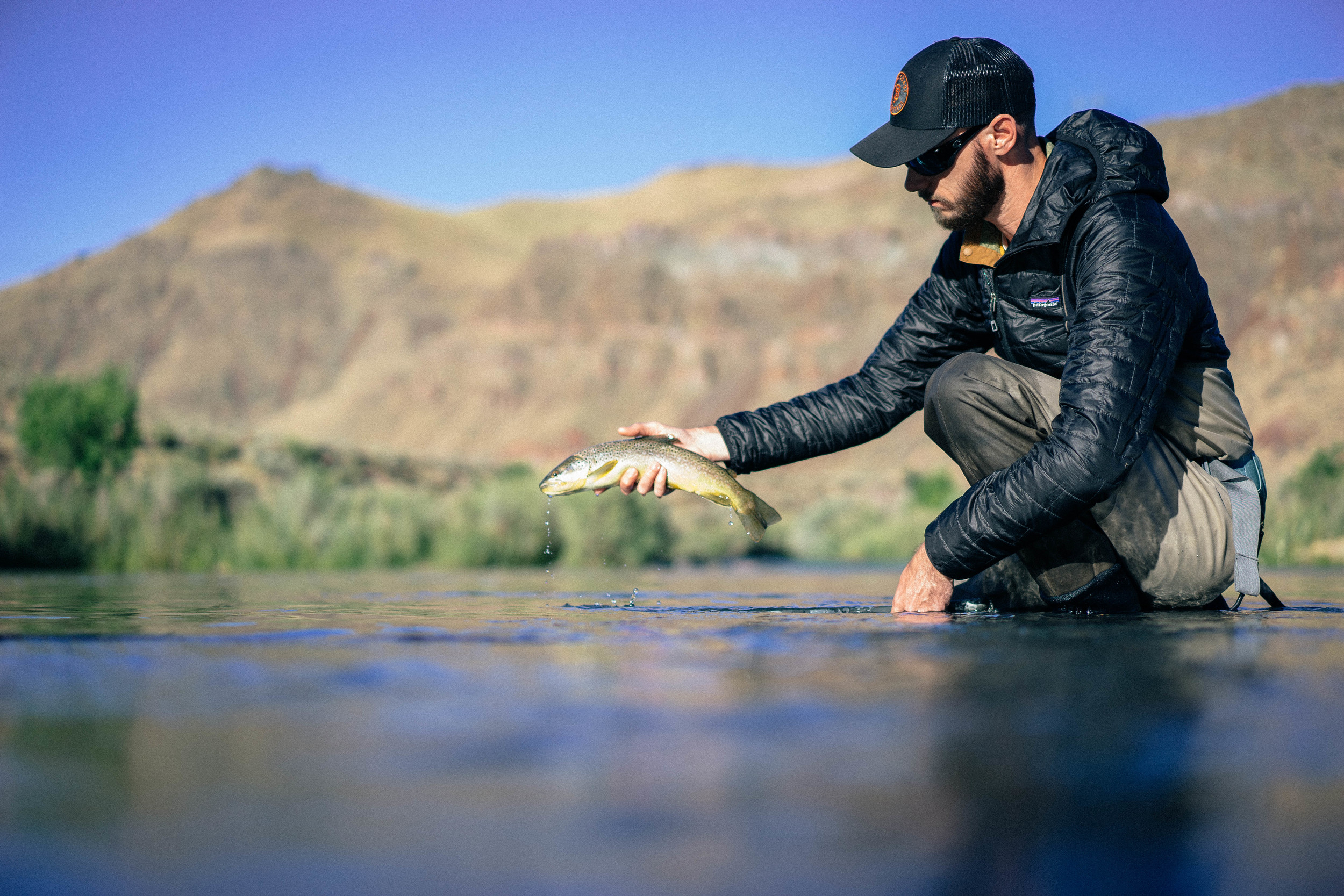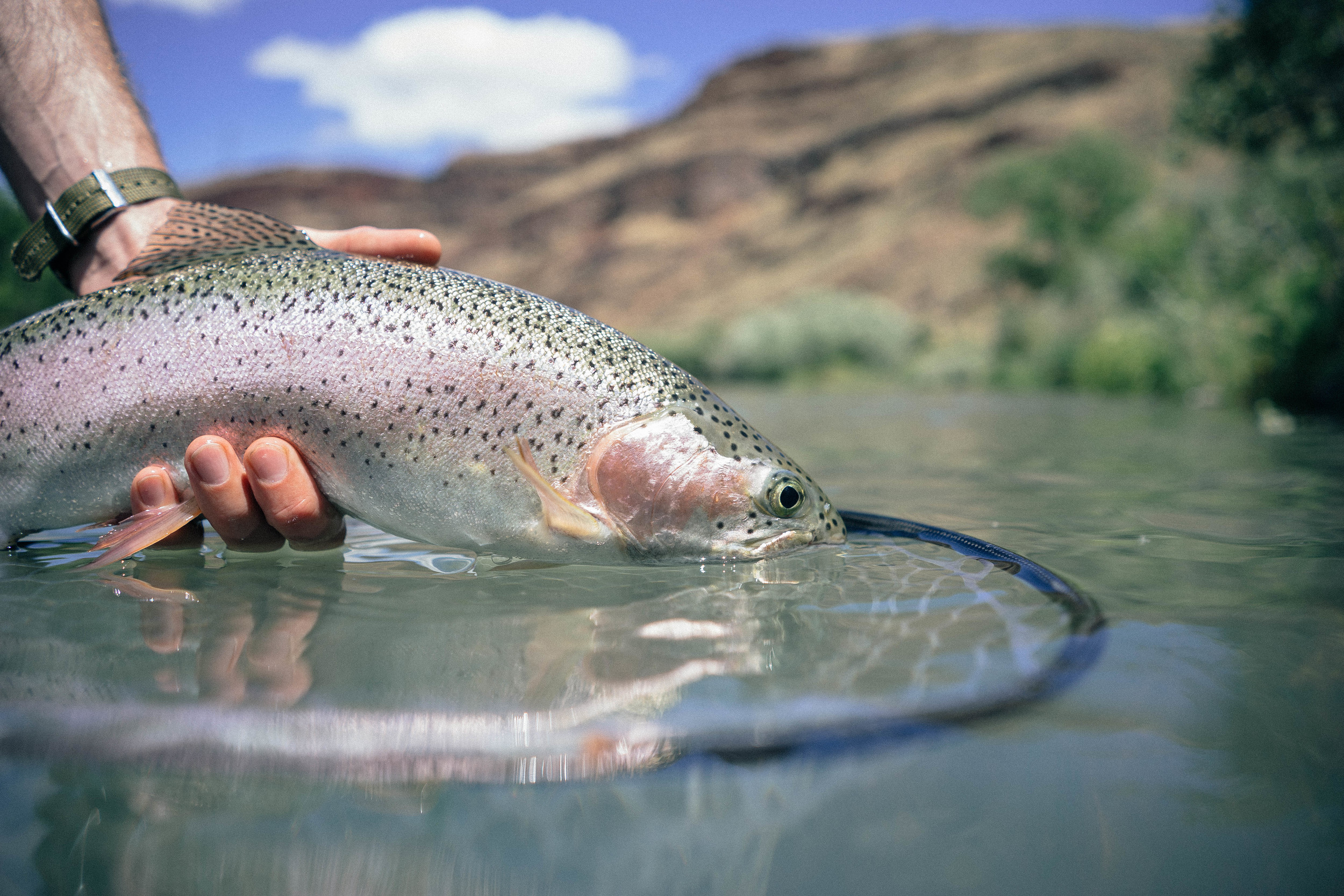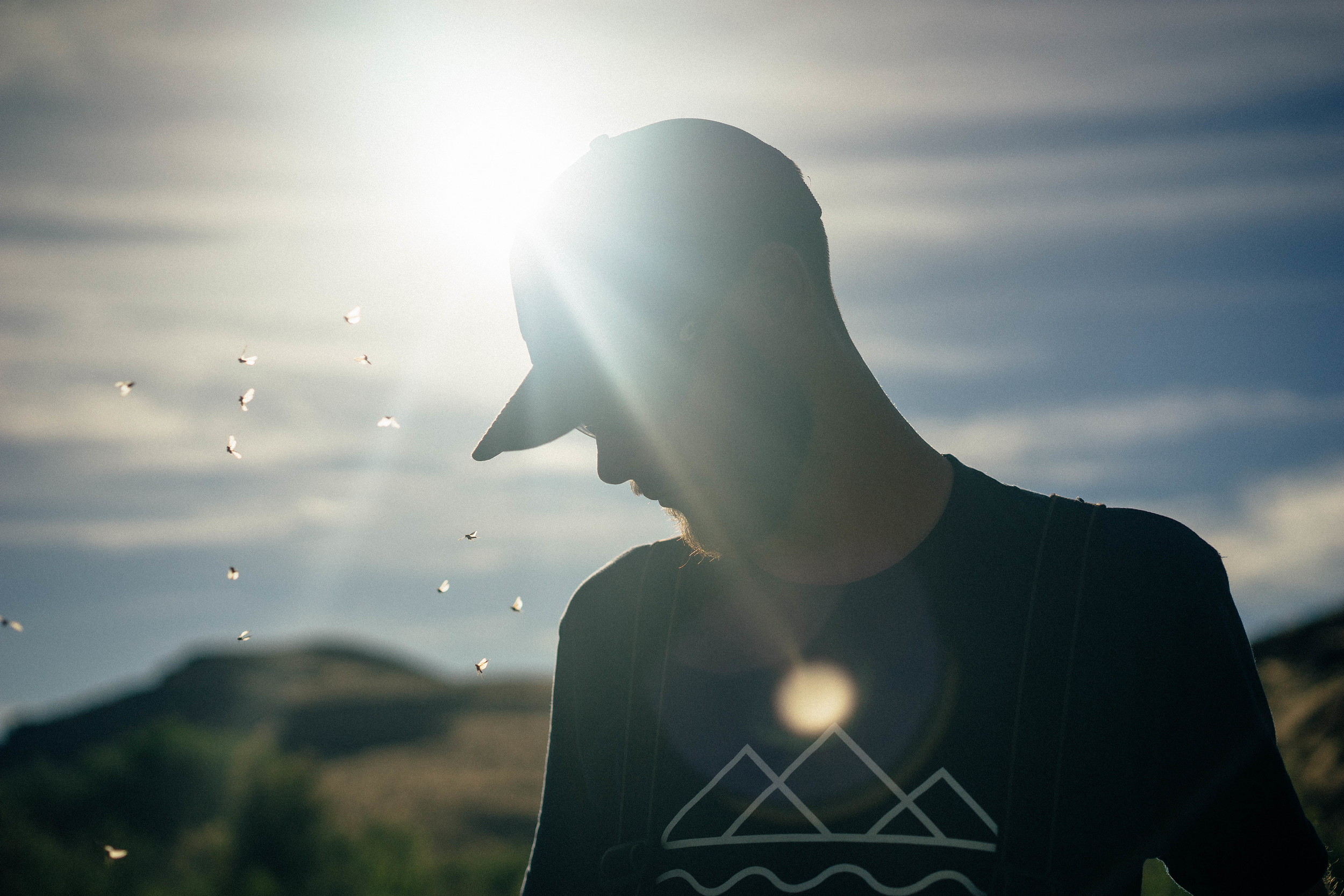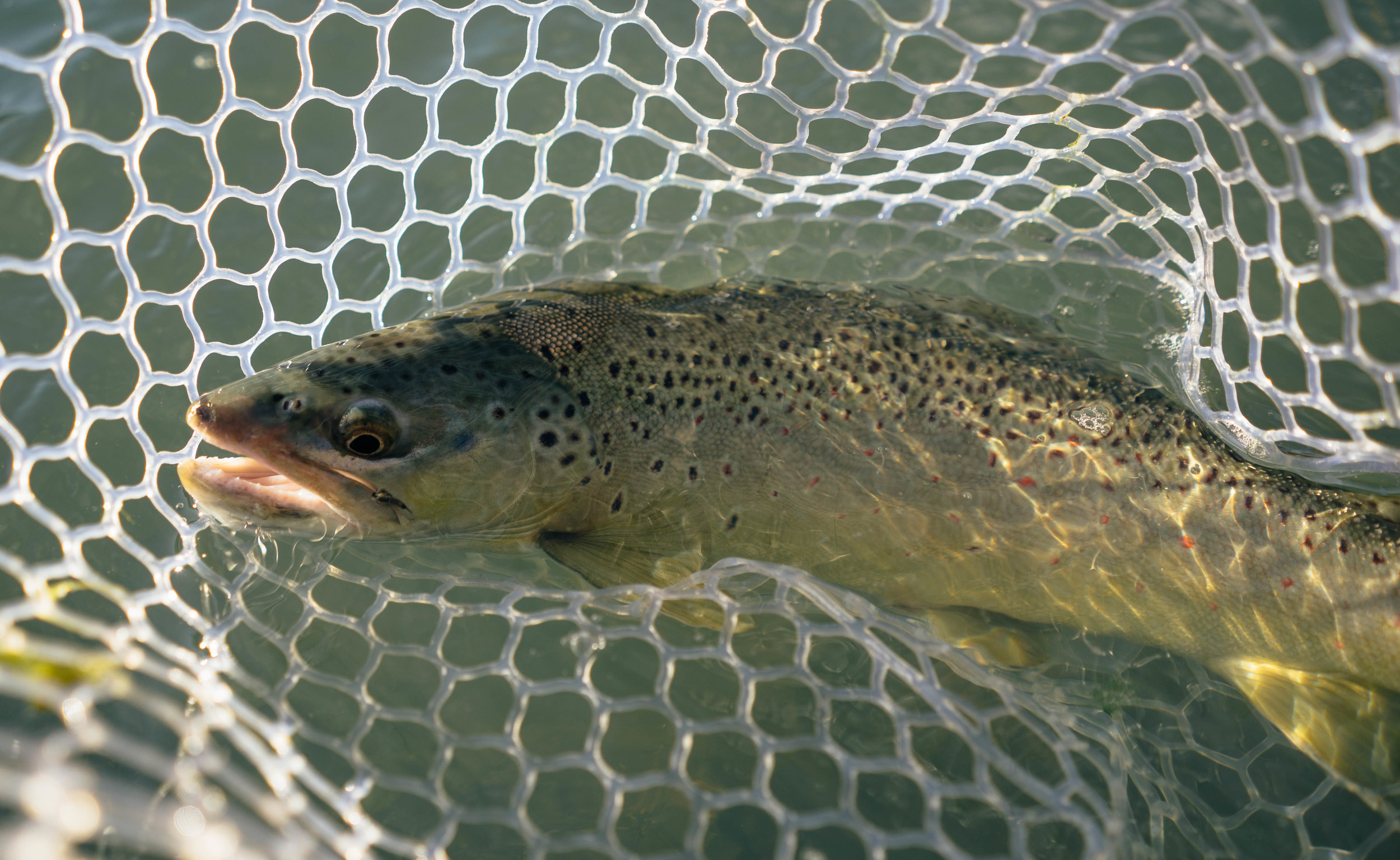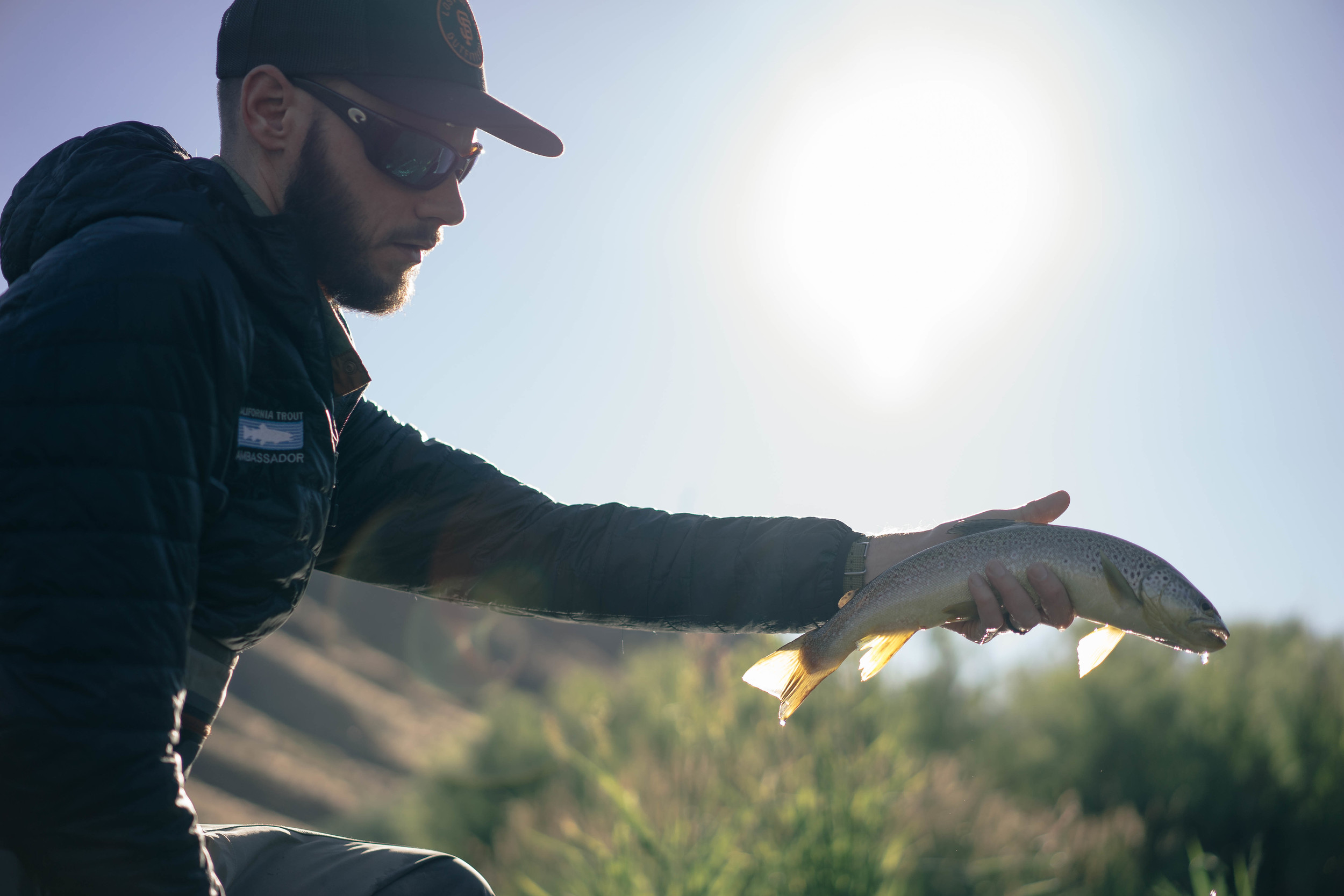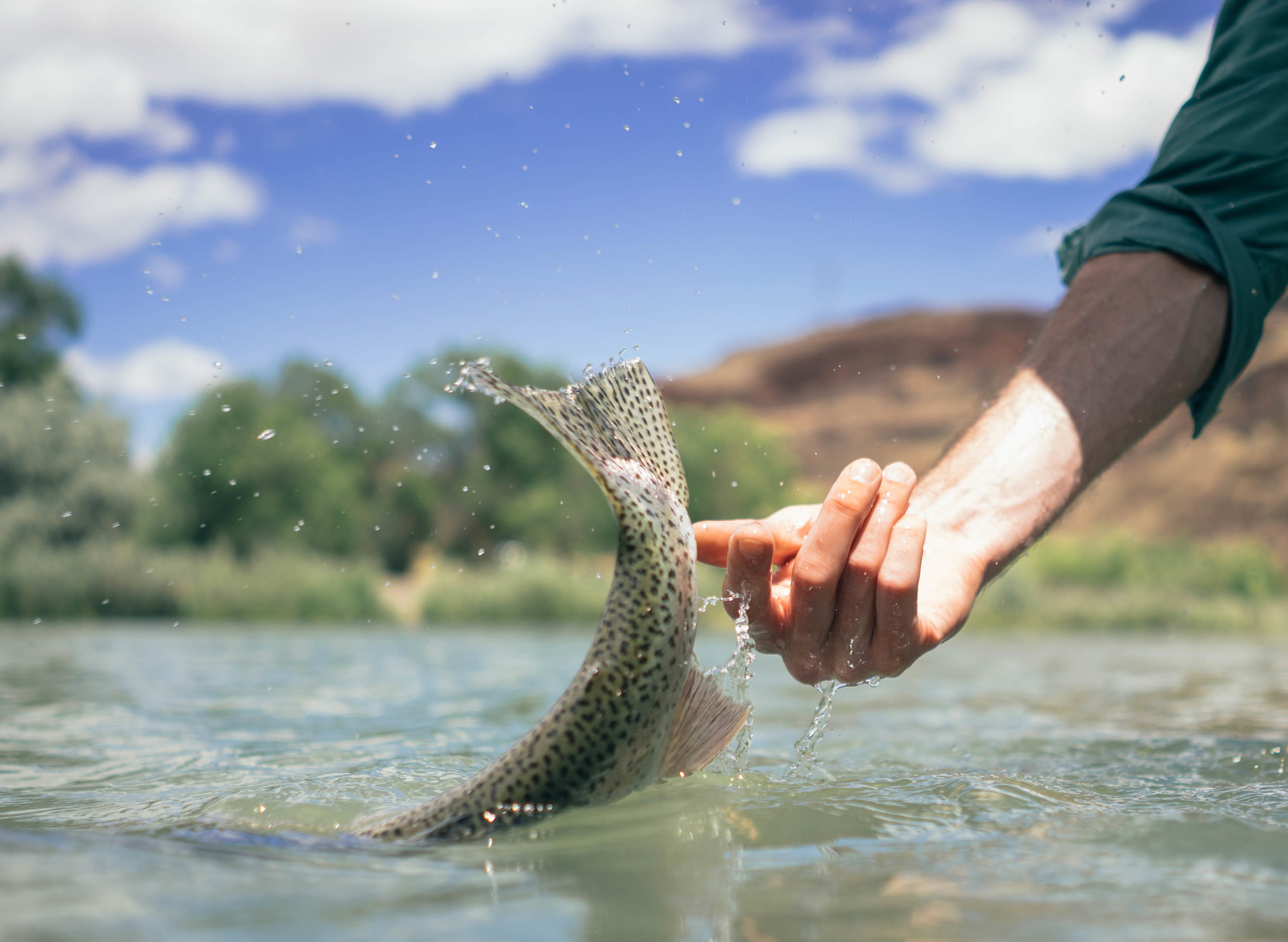Stretching nearly 3,500 square miles, Yellowstone is the 8th largest National Park in the United States. Largely known for its diverse wildlife and geothermal activity, it also has strong fisheries. From the Yellowstone and Lamar to the Gibbon and Soda Butte, there are countless miles of pristine river to fish. With two years exploring Southwestern Montana under our belts, Courtney and I decide it was time to stray from the endless riffles of the Madison River and head east to Yellowstone.
The size of the park didn't make it easy to narrow down the options so we stopped in at Blue Ribbon Flies in West Yellowstone for some insider knowledge before weaving through the tree lined roads of the park. Traffic jams are just about as common in Yellowstone as they are in San Francisco, but they're caused by bears and bison rather that texting hipsters on their way to the Mission.
Although the wildlife in the surrounding meadows was awe inspiring, we were on a mission for one thing and one thing only. We were after the fabled Yellowstone Cutthroat trout. With it's main diet being insects, even as adults, they tend to come easy to the fly. We settled the car into its dusty resting place for the day and set out over the ridge in search of the river. After working up a bit of a sweat, we found ourselves resting on the river's grassy banks as it snaked it's way through a massive meadow who's only residents weighed in at about 1,400 lbs.
Without even stringing up our lines, we were watching fish actively move up and down the banks taking insects off the surface without a care in the world. My only thought was, "This is going to be easy." I took out the camera, it was stunning in every direction. Courtney got started casting. As his fly drifted overhead, the trout just kept making their rounds up stream, then back down, running laps in search of their next meal. He had a few trout inspect his offering, but they thumbed their noses at his fly. Usually, cutthroat are overly surface oriented and eager to take a dry fly. We pressed on and only had intermittent luck as we worked our way through the meadow, hugging the high banks looking for active fish.
We spent the good part of the day throwing dry flies. The gaudier the fly, the more it seemed to work. It was almost counter intuitive. With grizzly tracks authoritatively etched in the sand bars, we knew that leaving before dusk was a requirement. We'd need just a sliver of light incase we needed to aim our bear spray on the way out of the meadow. The sun was beginning to lower in the sky and the trout were making circles in the surface of river with greater frequency. We couldn't quite leave yet, it was just about to get good!
As Courtney typically does, he fastened a streamer to the end of his line and began working back down stream, lacing his casts between rising trout. Before long, he had the fish of the day on the end of his line. I still wasn't convinced and kept floating my foam near the banks. "On!", he was tight to another fish and my surprise was turning to interest. After three fish to the net with his streamer, it was time for me to change tactics. It was time to channel my inner Kelly Galloup!
The golden hour was spent working our way through the meadow in the company of massive Bison as we splashed Wooly Buggers up against structure, through runs, and against the high banks. The cutthroat weren't shy. When they wanted the streamer, they hammered it hard and made their presence known. It was my first time having a truly successful streamer session and I was changed. Forever.
After we each landed a good number of fish we decided to start our haul back to the trailhead. It had been a long day filled with great fishing for one of the more beautiful salmonids I'd seen. As we sweat our way back up the ridge we were chased out of the park by what felt like 10,000 mosquitos. A good reminder that we were only visitors in a place built for the wild.




















